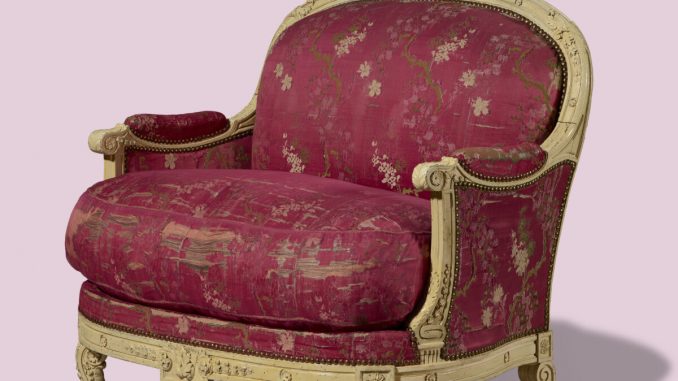
Detail of an Armchair (Bergère), 1770–72 or early 1780s, by Georges Jacob. Walnut, painted and varnished, and beech; silk, linen, hemp, and horsehair upholstery with swan- and goose-down feather stuffing; silk trim; iron tacks and gilt-brass nails. The J. Paul Getty Museum. (The J. Paul Getty Museum)
A Getty Center exhibition: ‘Silk & Swan Feathers: A Luxurious 18th-Century Armchair’
Even from afar, an astonishing 18th-century Parisian armchair evokes a sense of majesty and comfortable rest. The rare, sumptuous, crimson-colored brocade-silk armchair, with its seat generously stuffed with swan- and goose-down feathers entices one to rest in its luxury. Even the brass upholstery nails are covered in squares of gold leaf.
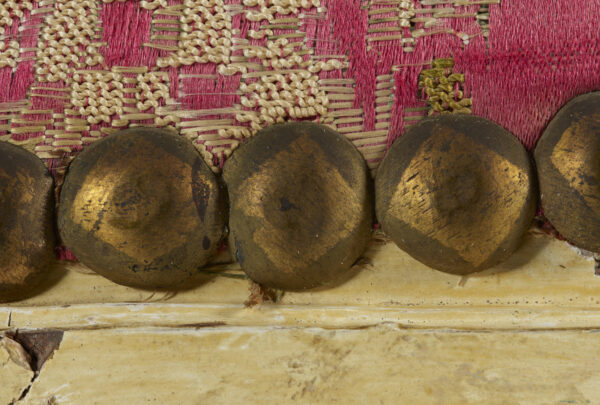
The armchair’s shape, with its oval seat and gently receding curve of the chair arms is a specific design called a “bergère.” These chairs were created to comfortably accommodate 18th-century men and women: the men with their knee-length coats and the women with their voluminous dresses.
Amazingly, although the armchair is over 300 years old, it has not been refurbished or reupholstered, making it an important source of information about late 18th-century French seat furniture, curator Charissa Bremer-David said in a press release. Bremer-David is a curator in the department of sculpture and decorative arts at the J. Paul Getty Museum.
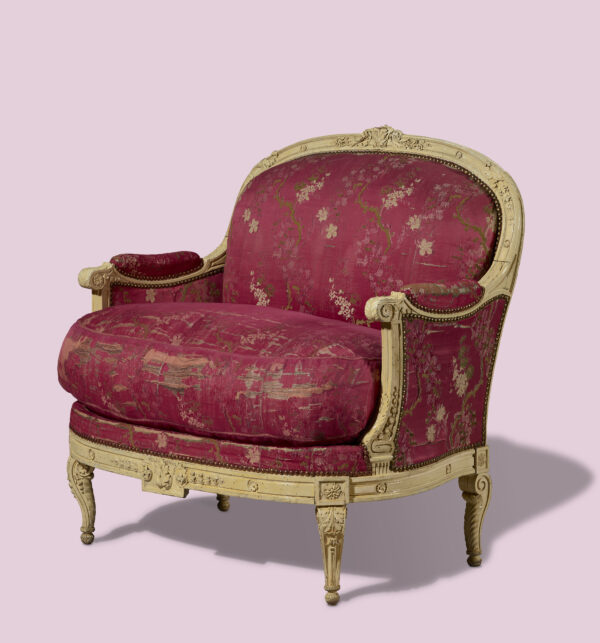
“Remarkably, this armchair still looks very much as it did when delivered to its first owner in the late 1700s,” she said. The armchair, created by prominent French furniture maker Georges Jacob, is the focus of her recently opened exhibition at the Getty Center, titled “Silk & Swan Feathers: A Luxurious 18th-Century Armchair.”
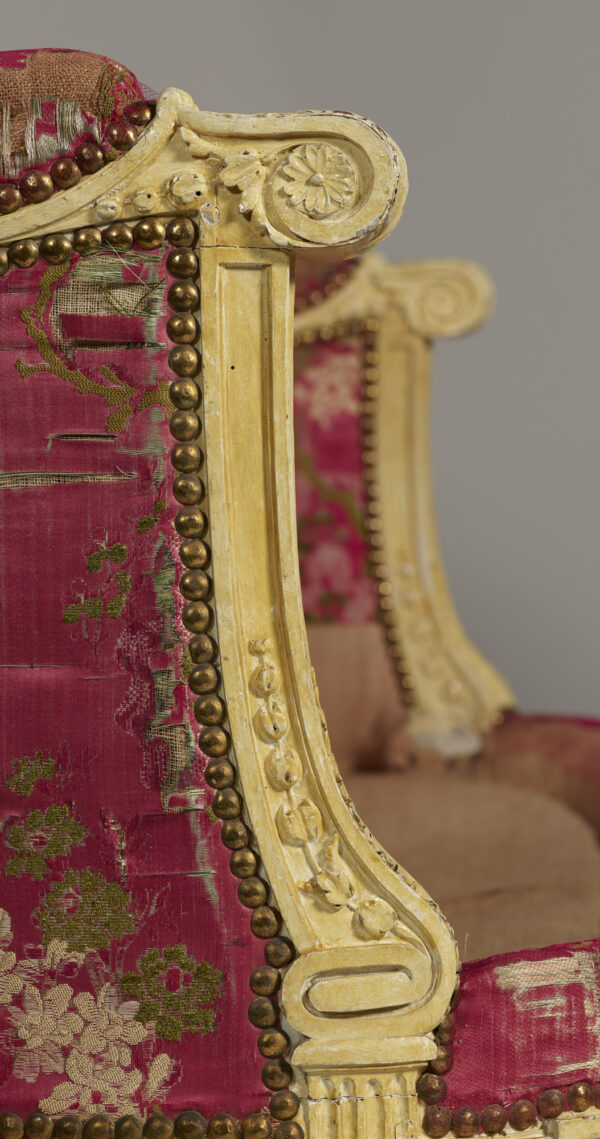
In the exhibition, Getty experts reveal more about how the chair was constructed. For instance, joiners used mortise and tenon joints, a traditional technique whereby two pieces of wood are interlocked at right angles. Also on display are 18th-century books that comprehensively illustrate the many aspects of the furniture trade, from upholsterers to joiners.
The exhibition ‘Silk & Swan Feathers: A Luxurious 18th-Century Armchair’ runs until July 31, 2022, at the Getty Center in Los Angeles. To find out more, visit Getty.edu
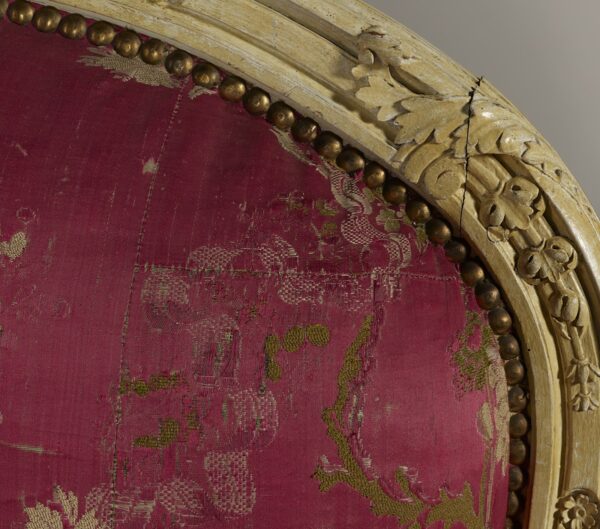


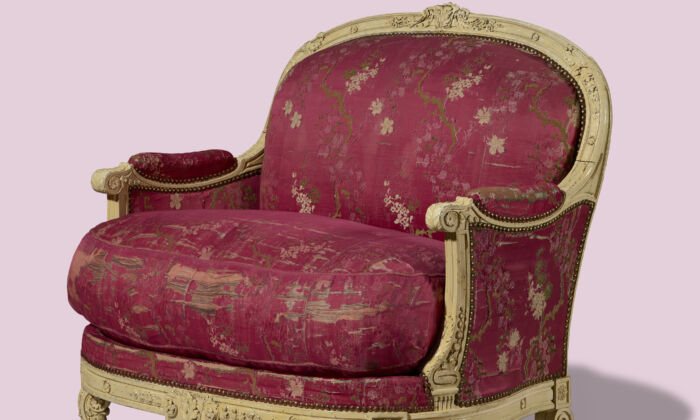



Be the first to comment